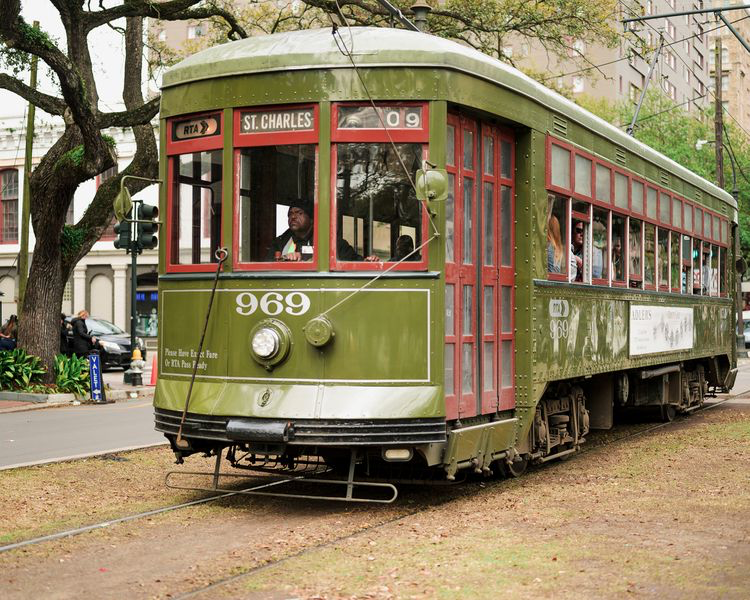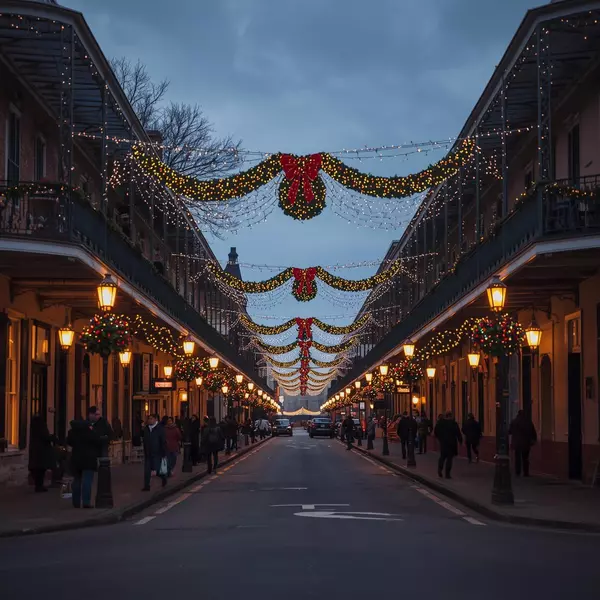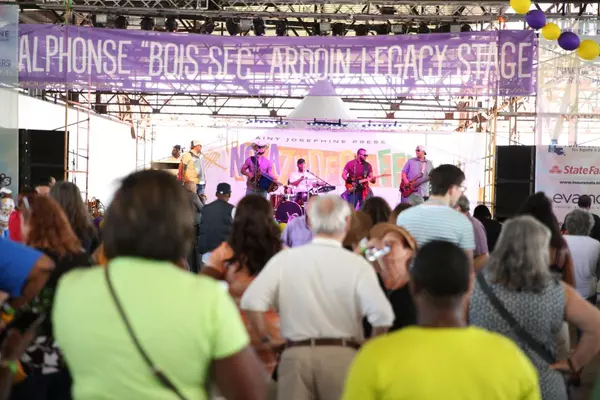The History Of The New Orleans Streetcar

Photo by Vincent Mercer
If you’re from New Orleans, you might overlook the city’s streetcars as they pull up beside you at a traffic light. Why would you pay attention when you’re not a tourist? Their presence throughout the city is as normal as the job you wake up for every morning.
Of course, that doesn’t mean locals don’t take advantage of one of the nation’s longest-operating street railway systems. Residents may ride one of the five lines — St. Charles Avenue, Canal Street, Loyola Avenue and the through-routed Rampart–St. Claude — to meet up with friends or attend classes at Loyola University.
Today, the streetcar — or trolley system to some — is an integral slice of New Orleans history and as popular of an attraction as the French Quarter.
The Streetcar That Defined a City
The New Orleans streetcar started as a horse-pulled cart in the 1830s and evolved into electric-powered streetcars by the 1890s. The St. Charles Avenue line was established in 1835, making it the oldest-operating streetcar line worldwide.
Trekking at a leisurely 20 miles per hour, these old-fashioned streetcar rail systems carry riders in a straightforward direction from point A to point B and back — a nostalgic route for those who remember riding with their parents as young children.
New Orleans was only the second city in the U.S. to install a streetcar rail system — following New York City. In 1958, the New Orleans streetcars were desegregated permanently, just as Americans began owning vehicles in droves and cities started replacing the lines with motorized buses.
To accommodate the new fleet of buses, New Orleans paved over most of the 235 miles of streetcar tracks, except for the St. Charles Avenue line and four others. The iconic olive-green streetcars were carefully refurbished in the late eighties and early nineties and continue carrying passengers today.
Other famous New Orleans streetcar lines no longer operating have been celebrated in numerous ways — perhaps most notably, the Desire Line. Tennessee Williams’s play, A Streetcar Named Desire, debuted in 1947, followed by a film adaptation in 1951 starring Marlon Brando and Vivien Leigh. The movie scored 12 Academy Award nominations and the play has also been revived on Broadway eight times in the past 75 years.
The Importance of the New Orleans Streetcar to Daily Life
Visitors across the U.S. and abroad explore the city from the trolleys’ windows. As a tourist destination, streetcars are crucial to the New Orleans hospitality industry. The remaining streetcars operate on some of the most famous streets in the city — the restaurants and shops lining those routes benefit from the exposure they receive as the trolleys roll by.
Of course, New Orleans sees a lot of precipitation — the city gets 64 inches of rain annually — and is directly impacted by major hurricanes. Several storms have threatened the historic streetcars in recent years. When Hurricane Katrina ripped through the city at a category five in 2005, it nearly eliminated the streetcars.
Fortunately, the resilient city rebuilt its famous buildings and streetcar line. Improved photogrammetry has even helped to create detailed 3D models of evacuation routes and containment strategies to avoid catastrophic outcomes in the future.
However, New Orleans didn’t just refurbish their streetcar rail system — in 2010, it decided to expand it in three phases. According to the U.S. Department of Transportation (DOT), the streetcar expansion in New Orleans aims to achieve the following:
- Create additional transportation options to improve mobility throughout streets served by streetcars.
- Deliver greater accessibility to current and future affordable housing spearheaded by the U.S. Department of Housing and Urban Development (HUD).
- Improve the local economy by increasing investments along Loyola Avenue, including medical facilities and the arts and museums district.
- Expand transportation to underserved and low-income communities.
- Increase transportation flow between residential neighborhoods and commercial and entertainment hubs throughout the city.
The streetcar expansion was also meant to serve those who’d migrated to different parts of New Orleans after Hurricane Katrina. In August 2020, the New Orleans Regional Transit Authority completed construction on the Rampart–St. Claude streetcar line.
Celebrating New Orleans’s Historic Streetcars
If you’ve ever ridden a New Orleans streetcar in August, you know they don’t have air conditioning — but it’s a small price to pay to preserve such a treasured part of the city’s history and culture.
In 2019, the U.S. Department of the Interior (DOI) recognized the St. Charles Avenue streetcar line as a National Historic Landmark, making it the 54th historic landmark in Louisiana. Upgrades to the line — like adding air conditioning — are unlikely to receive approval going forward.
That also means a handful of the streetcars remain inaccessible for people with disabilities. Look for the Red Streetcars along Canal Street, Riverfront and Rampart–St. Claude lines if you need an accessible mode of transportation. Only some of the Green Streetcars on the St. Charles Avenue line are ADA-compliant.
Overall, ridership has decreased significantly in recent years, particularly during the COVID-19 pandemic. In fact, the Ride New Orleans (RIDE) 2022 State of Transit report found that there were over 50% fewer riders on the city’s streetcar and bus systems. Sadly, those numbers haven’t increased much in the two years since.
Part of the lower ridership has to do with a dip in tourism. Like most other destinations, the Louisiana Department of Culture, Recreation and Tourism found a 40.2% decrease in tourism from 2019 to 2020. A year later, visitor volume increased by 29.4%, marking a much faster recovery than most people anticipated. However, those numbers remain lower than pre-pandemic levels.
New Orleans hopes to encourage more people to take advantage of their streetcar and bus systems. The city aims to make significant improvements to transportation reliability, communications with riders and system amenities to increase ridership and meet citizen and visitor expectations.
The New Orleans Streetcar: A Beloved Part of the City
The historic streetcars of New Orleans have experienced catastrophic events — and they’ve survived to see another day each time. Although the city is eager to increase ridership following the COVID-19 pandemic, the remaining New Orleans streetcar rail system remains a beloved part of history. In fact, it’s impossible to imagine a New Orleans without its trolleys.
*Written by Rose Morrison of www.renovated.com
Categories
Recent Posts










